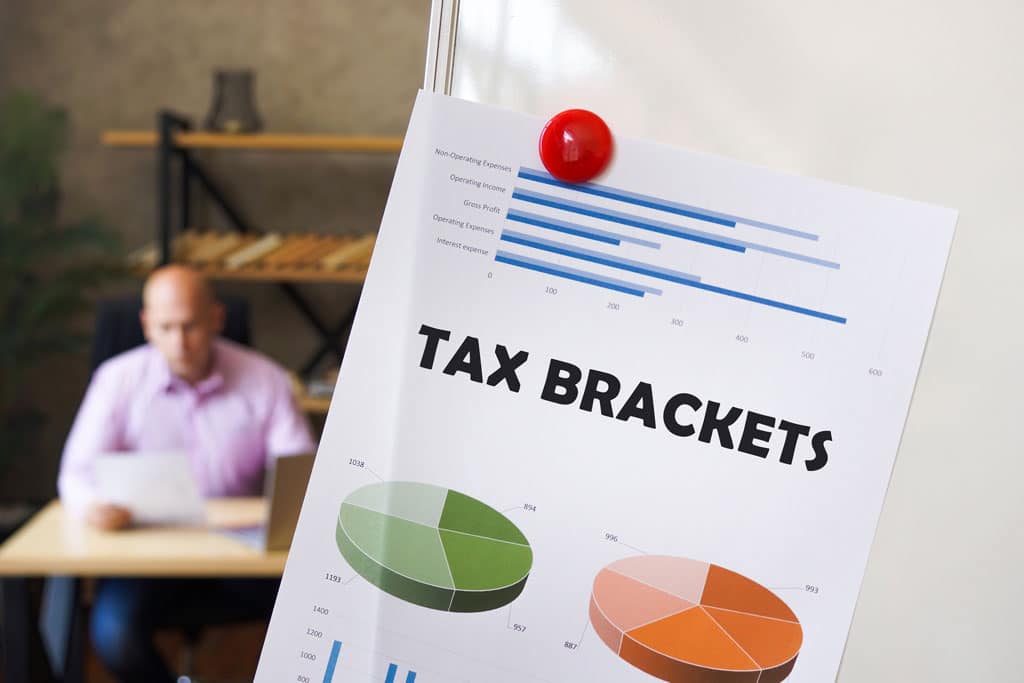Tax season can feel overwhelming because tax laws keep changing and it’s hard to know what to do. In 2023, tax brackets and rates will change. It’s crucial to be prepared and informed. This guide will help you with taxes in 2023.
Understanding Tax Brackets and Rates
Tax brackets determine the tax rate based on your income range. There are seven tax brackets in the US, each with its own tax rate. The tax brackets and rates change every year due to inflation, and they will also change in 2024.
To grasp tax brackets, examine the tax rates and income levels of each bracket. As you earn more money, the tax bracket you fall into will also increase. However, only the part of your income within that specific bracket will be taxed at a higher rate. This tax system is called progressive. It makes sure that taxpayers pay taxes fairly.
In 2023, there may be adjustments to the income levels and tax rates for each bracket. Staying informed about changes is vital. It helps you be aware of your taxes and plan accordingly.
Adjusting Your Withholding for the New Tax Brackets
Your employer withholds a part of your paycheck to cover your expected taxes. You need to adjust your tax withholding for 2023 to avoid paying too much or too little tax during the year. To do this, you will need to update your W-4 form with the Internal Revenue Service (IRS).
The W-4 form gives your employer the info needed to figure out how much federal income tax to take from your pay. To adjust your withholding for 2023, follow these steps:
Obtain a new W-4 form from your employer or download it from the IRS website. To make filing easier, read the form’s instructions carefully. Then fill in the required sections, keeping in mind the new 2023 tax brackets and rates. Submit the form to your employer. They will adjust your withholding based on it.
Taking Advantage of Tax Deductions and Credits
Tax deductions and credits are essential tools for reducing your tax liability. Deductions lower the amount of your income that is taxed, and credits lower the amount of taxes you owe. In 2023, there may be new or updated deductions and credits available to taxpayers.
The standard deduction is a fixed amount you can remove from taxable income. It applies to everyone and doesn’t depend on expenses. If your qualified expenses are more than the set amount, you can opt to specify them one by one. There are several tax deductions and credits that many people can use. Examples are mortgage interest, charitable contributions, and education expenses.
Top Strategies for Minimizing Your Tax Bill
Proactive tax planning is crucial for minimizing your tax bill in 2023. Some top strategies include:
- Contributing to retirement accounts like a 401(k) or IRA can lower your taxes.
- To minimize the impact of capital gains on your taxes, you can hold investments for over a year. This way you’ll be eligible for lower long-term capital gains rates.
- To maximize the tax benefit, keep proper records of eligible expenses and stay updated on new deductions and credits for 2023.
Consulting with a Qualified Tax Professional
Navigating tax law is difficult. It’s good to get help from a tax expert. Tax advisors can help you with tax planning, IRS compliance, tax returns, and audits. They provide valuable advice and represent you in case of an audit.
Staying Informed on Tax Law Changes
Tax laws change often, so it’s important to stay updated on any updates that might impact the taxes you owe. Keep an eye out for tax reform updates, IRS guidelines, and tax news from reputable sources. You can also subscribe to tax bulletins, alerts, and publications. These will help you stay informed about the latest tax law changes.
